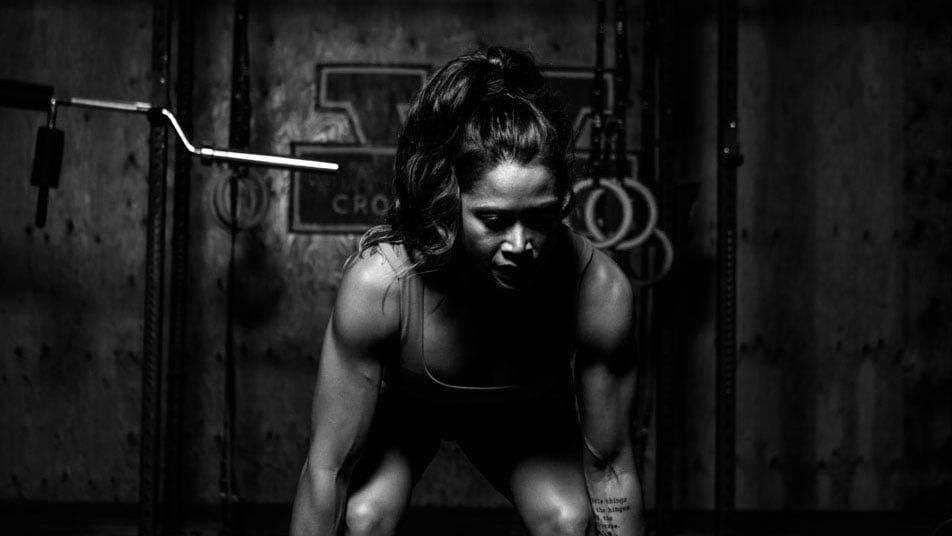Knowledge
Promoting A Low-Threshold Strategy In Young Hockey Players
Articles, Rehab, mobility & injury prevention, Strength and performance

Promoting A Low-Threshold Strategy In Young Hockey Players
Hockey is more than a game to Canadians, as a matter of fact, it’s pretty much part of our national identity. Most of us grew up either listening to Hockey Night in Canada or having to, because even if you weren’t a fan, chances are if there was only one TV in your household, that’s what was on. My father is Vietnamese, but he was very in tune with his Quebecois culture, so I have vivid memories of the game playing and my father enjoying his Labatt 50 beer, pizza and yelling “et le buuuuuuuuuuuuut” when I was a kid. As a teenager, I never missed a Habs’ game. My favorite player was Lyle Odelein…don’t ask…
 (1)
(1)
WTF ??
Over the past few years, our centre has welcomed hundreds of hockey players for their off-season training. In the early stages of the off-season, it’s important to keep in mind that athletes need a recovery period. By this, I mean that during the first 4 weeks or so, you need to use strategies that give them a break from what they have been consistently doing for several months. Nowadays, athletes are specializing at a younger and younger age, and while we all mostly agree that this is not ideal, it is the current reality and is what we need to manage.
Many athletes develop adaptations that are pathological, essentially, they become MAL-adapted. On the one hand, it is an inevitable consequence of their sport, but on the other hand, it necessitates a period of intervention focused on re-establishing a degree of balance.
Through the years, what I have noticed with the younger athletes especially is that they lack a low threshold strategy. What does this mean? In really simple terms, I have noticed that younger athletes will often try to accelerate into or through a movement. They will try to create momentum, torque or a rebound effect. This is how they’re used to working in their sport and they carry this with them into the gym.
Before I go any further, let’s just look at the difference between a low and a high threshold strategy:
Simple definitions:
Low-Threshold Strategy: Slow, tonic, local stabilizer, stabilizing muscle contractions that are for low-load tasks and reflexive postural control. This is necessary for joint centration.
High-Threshold Strategy: Fast, phasic, prime mover, global mobilizer, mobilizing muscle contractions that are for high-load tasks and force production. This is necessary for strength training. (2)
I am responsible for running the athletes’ mobility sessions, and although I focus on mobility first, I integrate joint dissociation, balance and breathing as early on as possible to promote low threshold firing. So, we do stuff like bird-dogs, rolling patterns and a lot of yoga-based movements for breathing and balance. In the gym, the trainer’s program in such a way to prevent over-reliance on a high-threshold strategy and promote sequential low-threshold to high-threshold firing. A few practical examples of this are:
- Manipulating the rest intervals in such a way to control fatigue (the body will tend to shift to the high threshold when fatigued)
- Manipulating the methods (using slow eccentric/concentric, paused reps, dead start)
- Using low threshold patterns in the workout prep
- Using low threshold patterns as an exercise primer
Since I mentioned mobility, it’s also important to remember that mobility deficits also tend to result in an over-reliance on high threshold strategies. For hockey players specifically, I can safely say that two of the most common mobility deficits I see are lack of T-spine extension/shoulder flexion and hip flexor tightness (because they spend so much time bending forward at the hips with arms down and shoulders forward). Here are a couple of exercises that work particularly well for these 2 areas:
Seated T-Spine Extension With Arms Overhead (Video 1)
Make sure you are cueing them to push the chest forward here, as opposed to only hiking the shoulders up to slide the hands up the wall.
Pelvic Rocking Superset With Half-Kneeling To Long Lunge (Videos 2 & 3)
I like to precede hip mobility exercises with pelvic tilting just to create some awareness of pelvic positioning and its effect on the hip flexors. In pelvic rocking, simply rock back and forth between excessive anterior and excessive posterior tilt to get a feel for neutral position.
In the half kneeling to long lunge, the goal is to start from a half-kneeling position (but with a slightly more extended position in the back hip) and have the athlete pick up the knee and press the heel back to try to fully extend the leg. Notice in the video that Samuel is also remaining aware of the position of his pelvis, trying to prevent it from tilting forward as he presses the heel back.
Of course, mobility work needs to be followed up with complementary strategies in the gym such as:
- Avoiding overhead loading initially to promote scapular function first
- Including more upper back work relative to pressing work
- Using the half-kneeling position to promote active hip flexor release
- Using hip flexor free core work (carries, uneven loading, etc.)
Remember, in the early off-season, athletes need a break from what they consistently do. The recovery phase needs to address maladaptations to restore the foundation on which they will build in preparation for their next season. Note that I’ve addressed hockey specifically in this article, but this can apply to all athletes.
– MLD
*I would like to extend a special thanks and congratulations to my model for the videos, Samuel Laberge, who was recently drafted by the AHL Texas Stars.
(1) 1993-94 Fleer Ultra #354 Lyle Odelein Montreal Canadiens Hockey Card
(2) Borrowed from Aaron Swanson